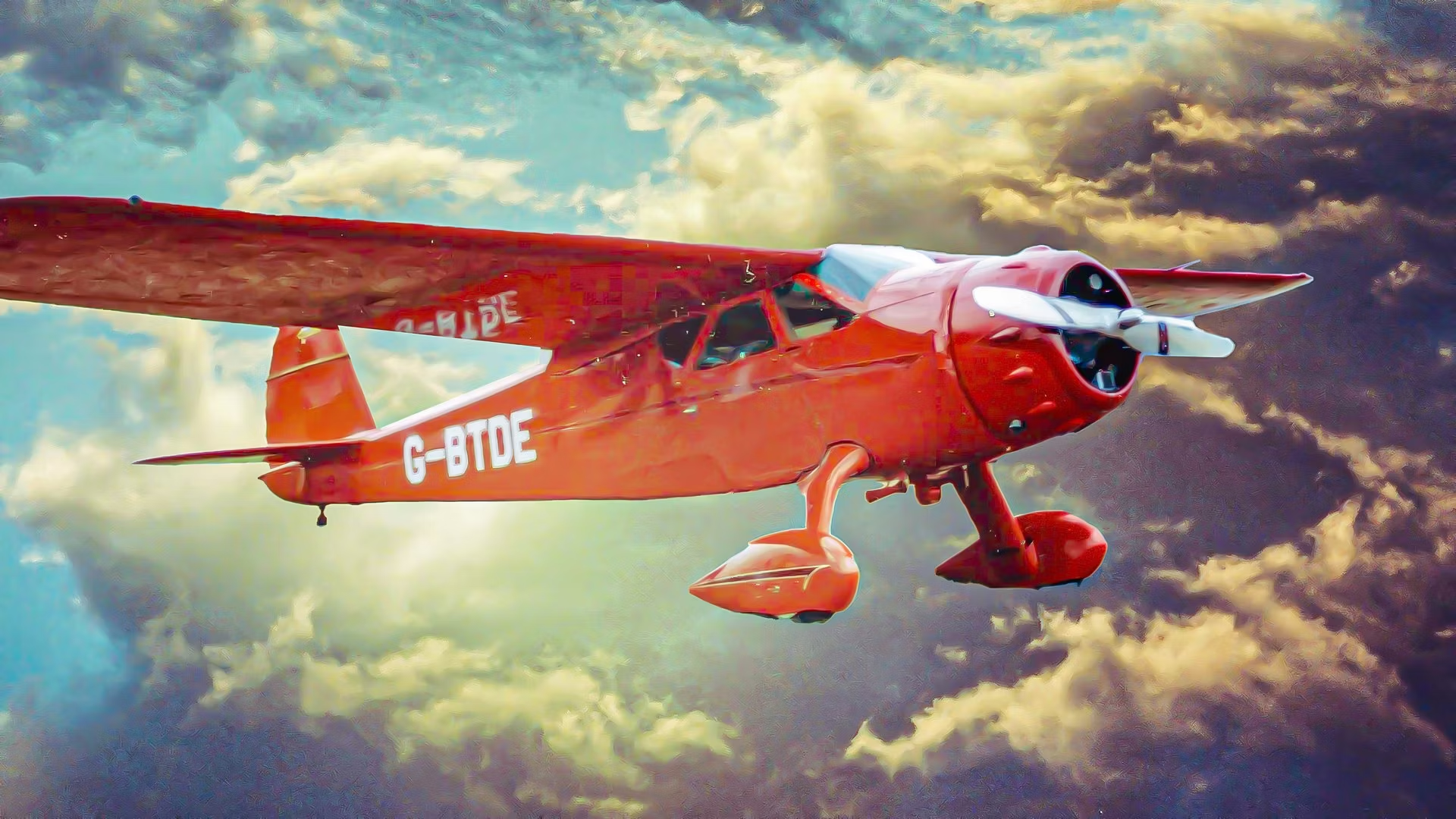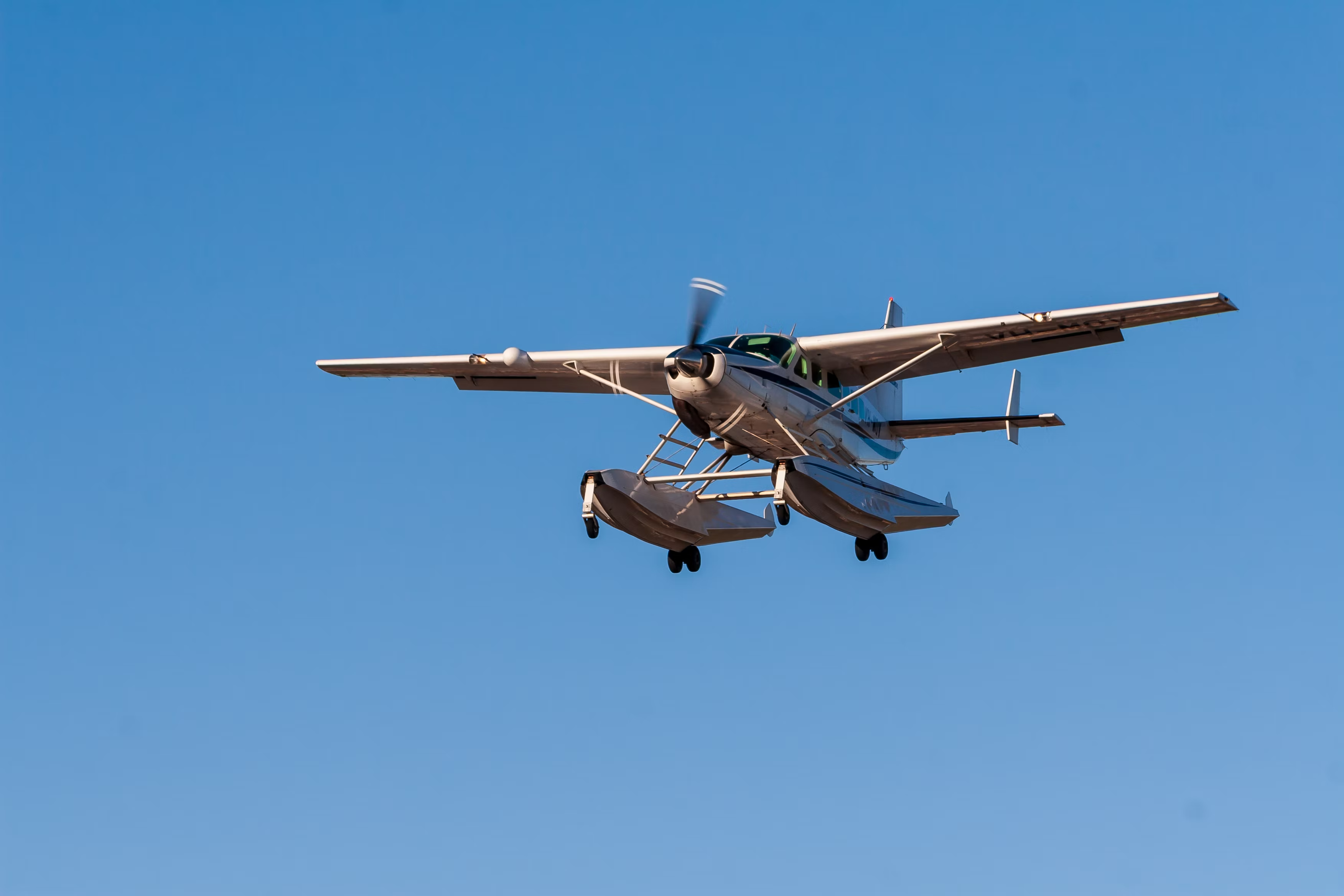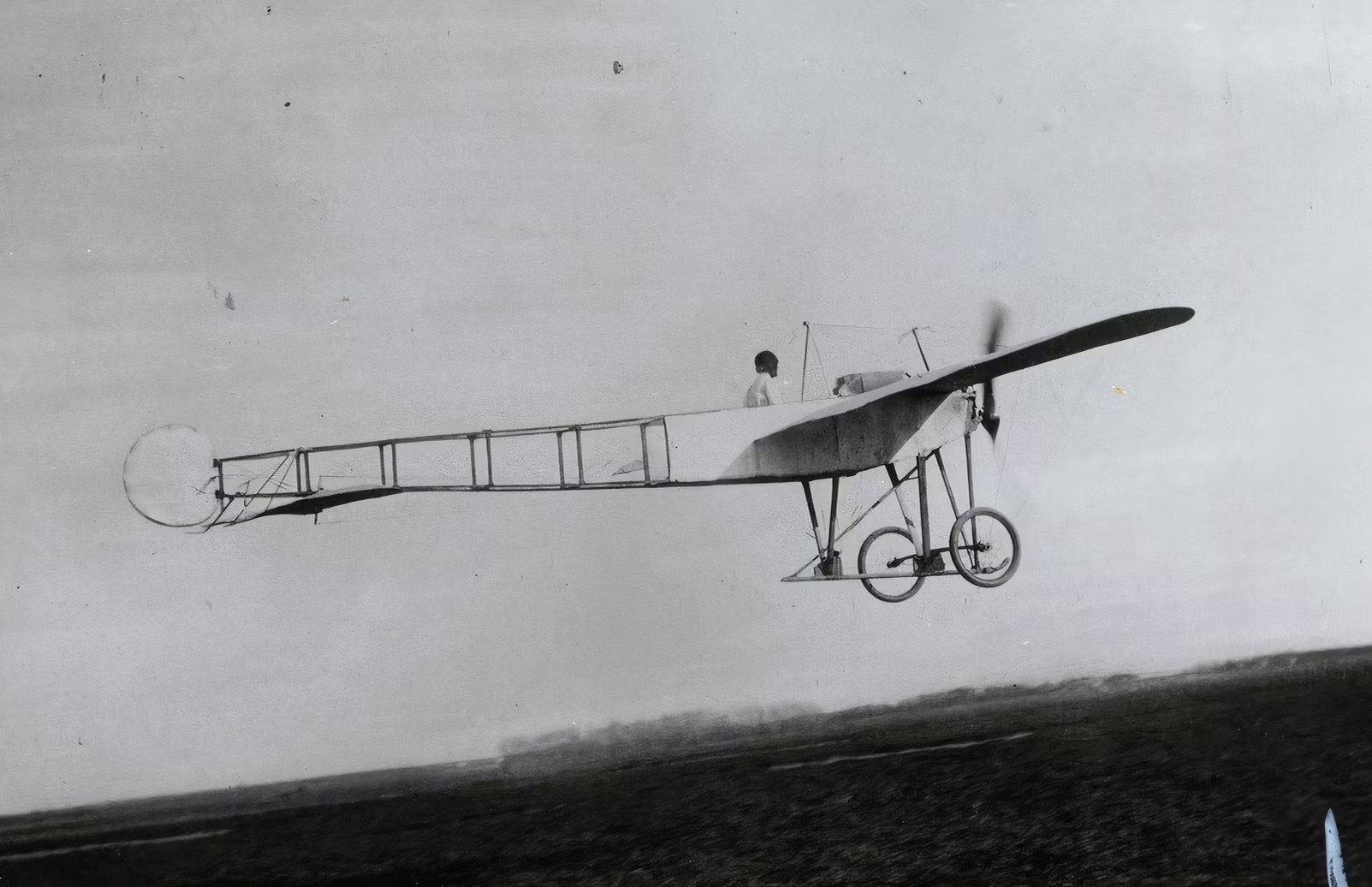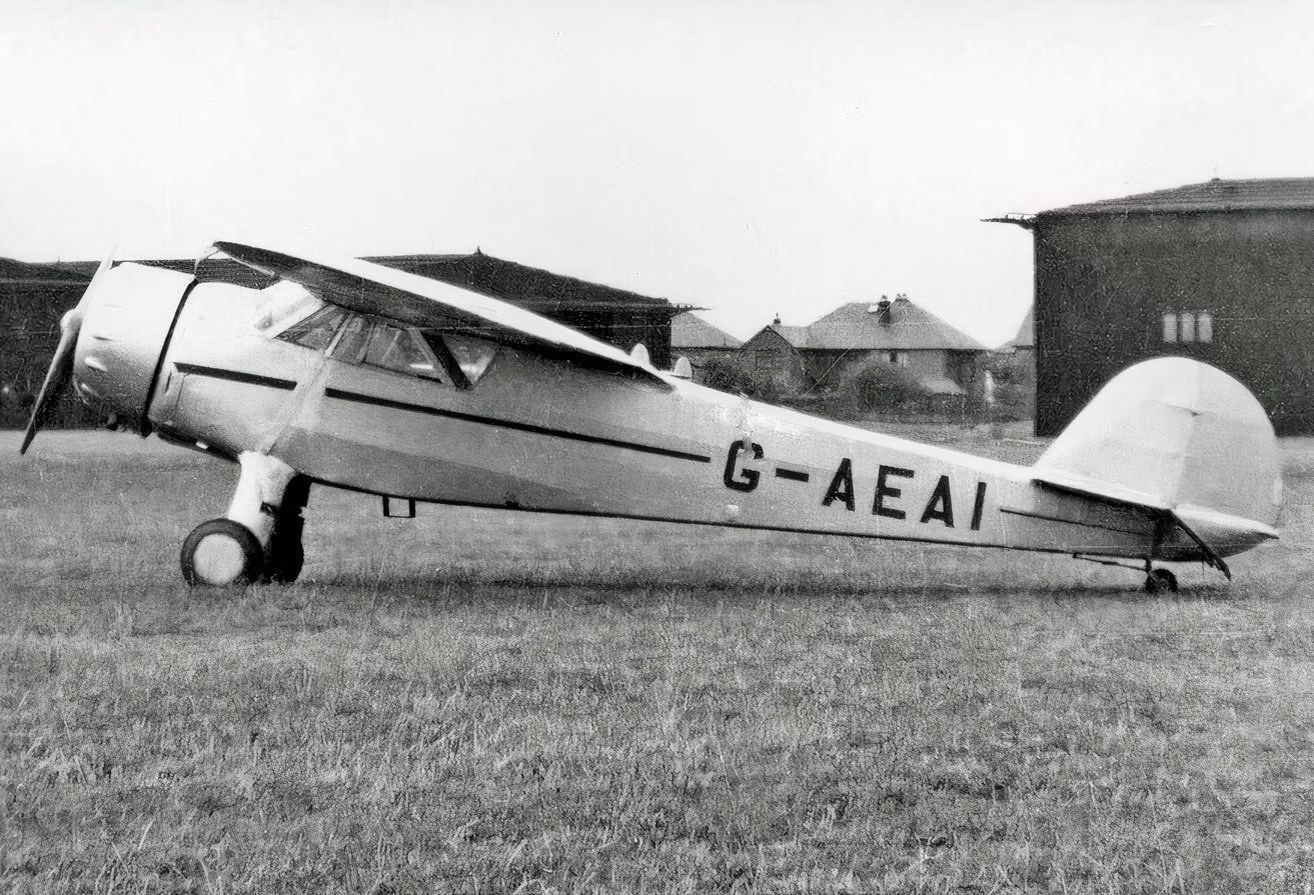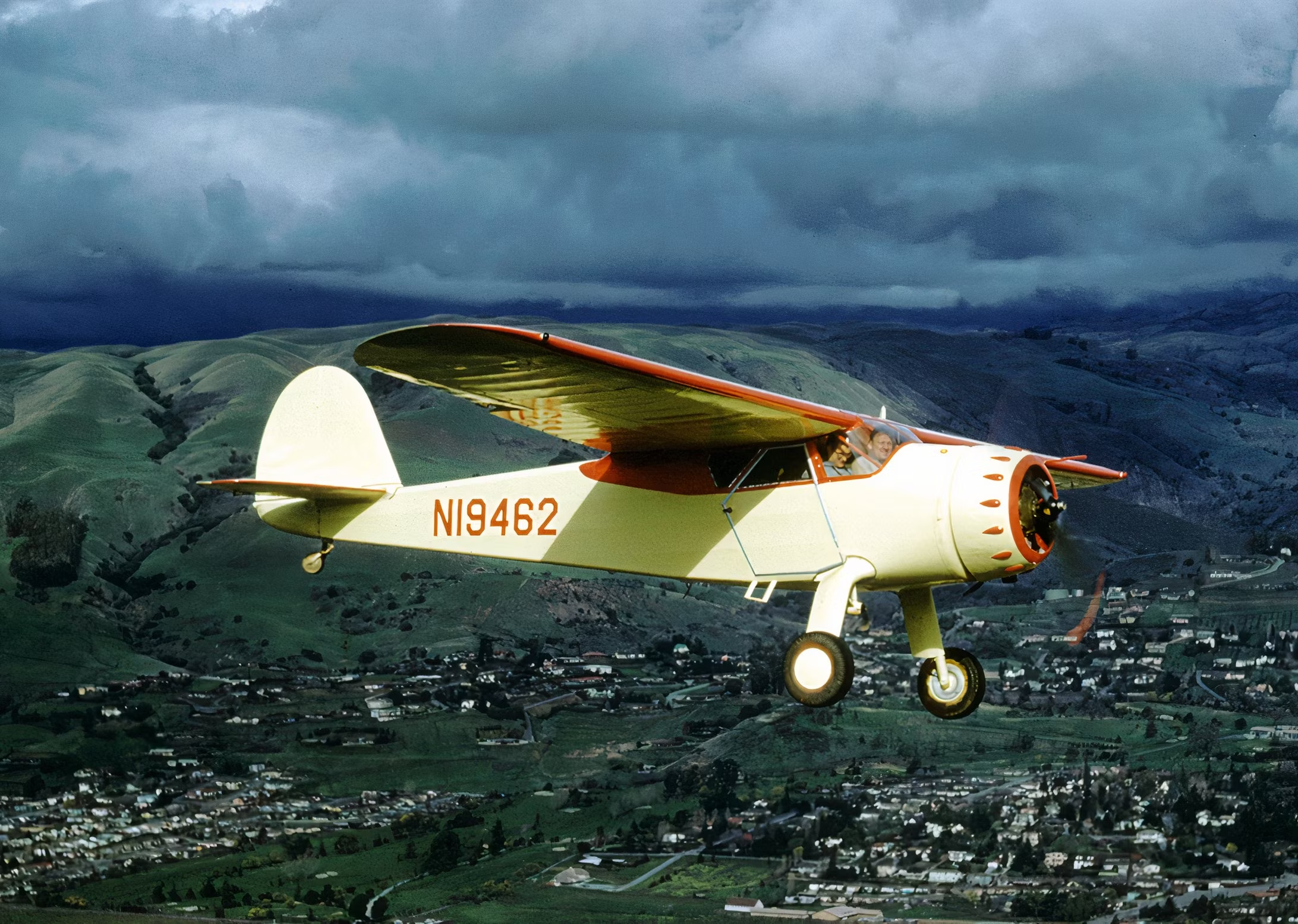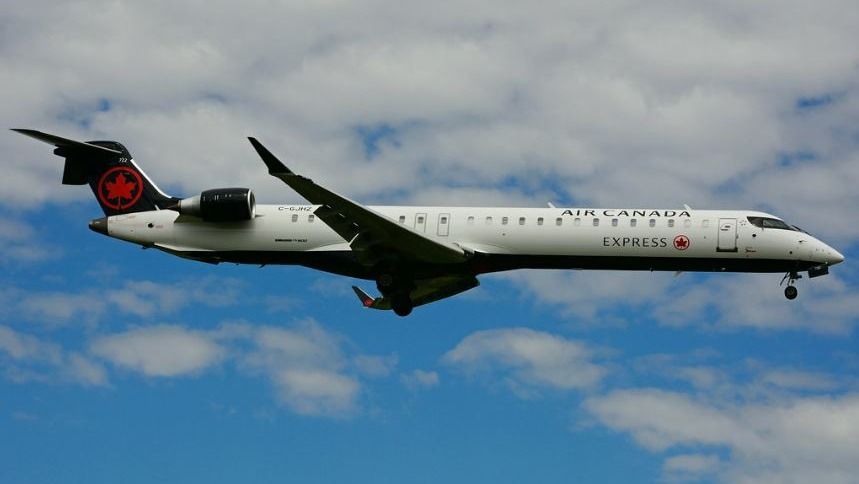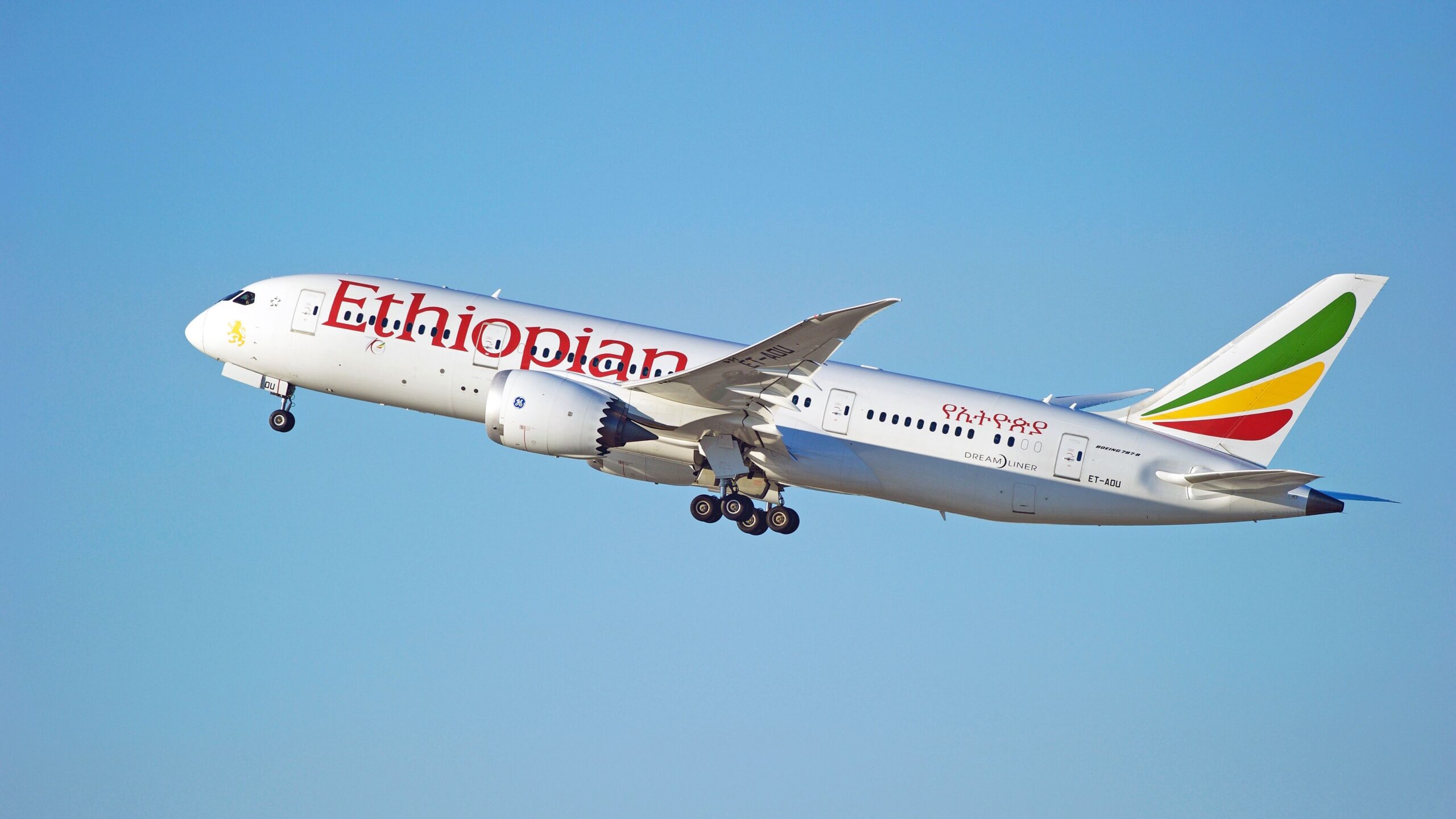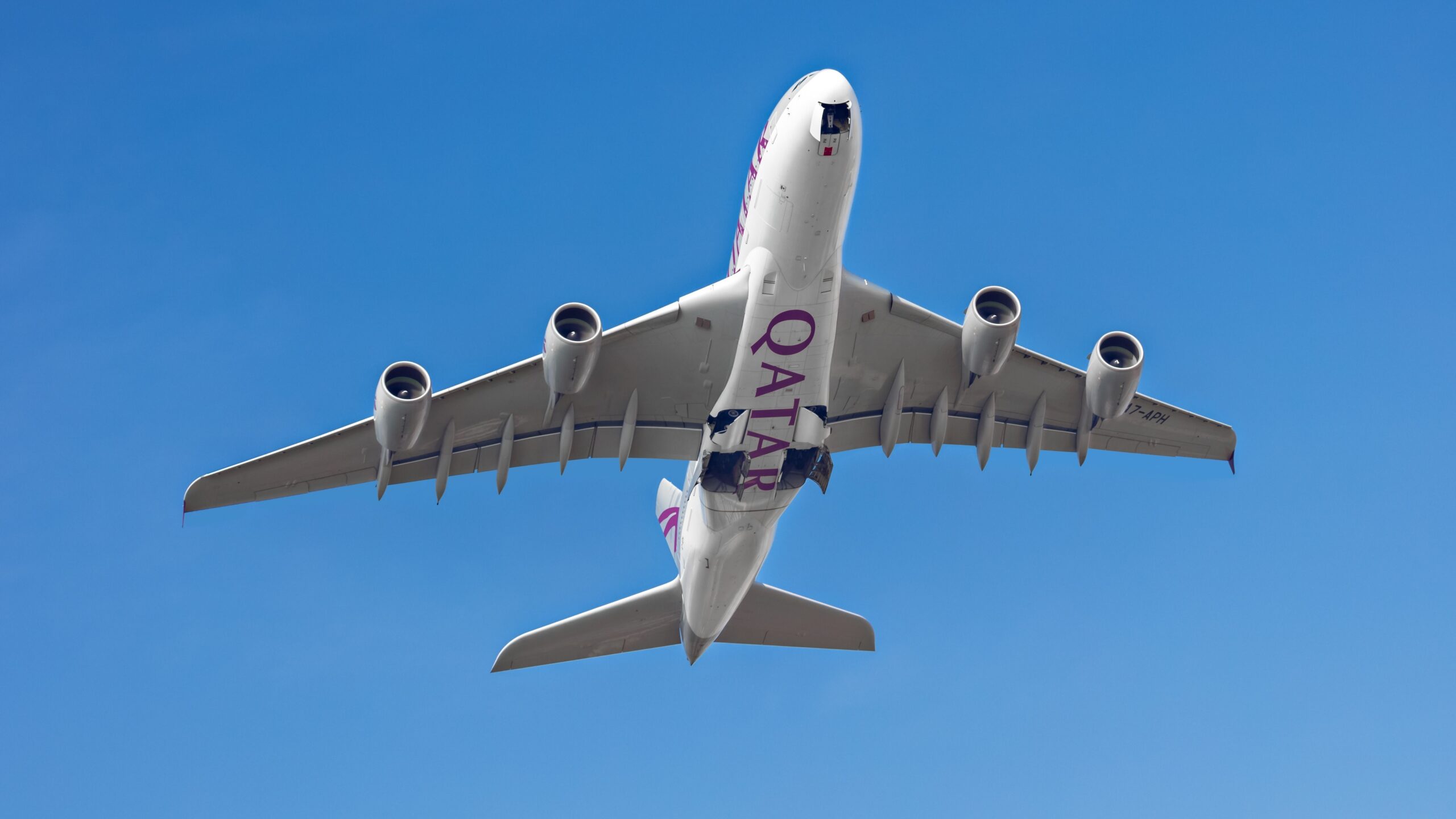Cessna has grown to be one of the most prominent general aviation manufacturers in the world. The company is currently considered to be one of the “Big Three” of general aviation, along with Piper Aircraft and Beechcraft, which is currently owned by the same parent company as Cessna, Textron Aviation.
The company was first founded in 1927 by Clyde Cessna and Victor Roos, and the aircraft manufacturer was nicknamed Cessna-Roos Aircraft Company. After a falling out just one month into the partnership, the company was renamed Cessna Aircraft Company.
Since then, the company has expanded greatly to a global aircraft manufacturer. The company is currently owned by Textron Aviation, although the Cessna brand still holds strong in the general aviation industry.
The company’s current offerings include some of the world’s most popular civil aircraft, including the following single-engine trainer aircraft:
- Cessna 172 Skylane
- Cessna 182 Skyhawk
- Cessna 206 Stationair
Additionally, the Wichita, Kansas-based company sells two fairly popular turboprop-powered aircraft. This includes a single-engine utility aircraft called the Cessna Caravan and a twin-engine cargo freighter aircraft called the Cessna SkyCourier.
Photo: Philip Schubert | Shutterstock
Cessna has also developed a very successful line of private jets called the Citation series. This line of business jets has been around since the 1960s with the introduction of the first aircraft called the Citation I.
Currently, the company manufactures the CitationJet series, including the Citation M2, CJ3, and CJ4, the Citation XLS, part of the Citation Excel series, and the Citation Latitude and Citation Longitude. However, before the company grew to the major aircraft manufacturer that it is today, the company almost shut down permanently due to the Great Depression.
Let’s take a closer look at the aircraft that helped bring Cessna back to glory, called the Cessna Airmaster. Let’s also take a look at what makes this aircraft so unique.
Leading up to the Airmaster development
As previously mentioned, Cessna Aircraft Company was founded in 1927. Clyde Cessna designed several aircraft beforehand, including the Cessna Silverwing. However, he wanted to bring some of his popular designs to the market and formed Cessna Aircraft Company.
The company developed an early high-wing single-engine aircraft called the Cessna Model DC-6 in the 1920s, which became the first official aircraft built by Cessna Aircraft Company. As the company was going through testing and the certification process, it was set to be built for the United States military, but it was also intended to enter the civil aviation market.
However, the aircraft was officially type certified on October 29, 1929. This was the same day that the stock market crashed, leading to the Great Depression. This significantly reduced the demand for the aircraft, and only twenty total Cessna Model DC-6s were produced.
This led to Clyde eventually being forced to close the doors of the Cessna Aircraft Company in 1932, as it could not get enough demand to keep producing aircraft.
A few years after closing, Clyde’s nephews, Dwane and Dwight Wallace, reopened the company by purchasing the company from their Uncle. The two brothers began rebuilding the company with several aircraft designs. This includes the Cessna C-37, introduced in 1937, which was one of the earliest variants of the aircraft that became the Cessna Airmaster. This aircraft helped bring the company back to relevance in the 1930s.
About the Cessna Airmaster
The Cessna Airmaster was one of the first designs attributed to Dwane and Dwight Wallace. By the end of the 1930s, the Great Depression was starting to slow, and the aircraft industry was slowly starting to recover.
Because of this, the Wallace brothers helped Clyde and his son Eldon design the C-34 model. This aircraft flew for the first time in June 1935, and it was introduced shortly after. Shortly after the C-34 was introduced, Clyde Cessna retired from the aviation manufacturing business, and he left the company to the Wallace brothers.
The C-34 was the first of the Cessna Airmaster series, but several variants were produced over the years. A few years after the C-34 was introduced, Cessna released the C-37, which included improved landing gear and a larger fuselage.
The company also released the C-38, another variant, with more powerful flaps and a more powerful Warner Super Scarab engine, which provided the aircraft with 145 horsepower.
Several years later, Cessna Aircraft Company released the C-145 and the C-165. The company added belly flaps and, once again, lengthened the fuselage. However, in the final years of the Cessna Airmaster series, World War II was beginning.
Several design features of the aircraft, like the extensive woodwork, became too expensive and difficult to produce. This led to Cessna leaning toward easier manufacturing methods, especially as it began providing for the US military during World War II. However, the introduction of the Cessna Airmaster solidified the company’s ability to produce aircraft, which ultimately led to its success in the aviation industry.
Design features and performance specifications of the Cessna Airmaster
The overall design of the aircraft leaned on prominent features from earlier designed Cessna aircraft. This includes a welded tubular airframe with a fabric covered fuselage. It also utilized wooden wings, with later models utilizing electric flaps.
Each of the Cessna Airmaster variants was powered by a radial engine. The most powerful of the variants, the Cessna C-165, was powered by a Warner Super Scarab piston engine, which provided the aircraft with 165 total horsepower. Some of these aircraft were equipped with floats to transform them into seaplanes.
Overall, the Cessna Airmaster had the following performance specifications:
|
Capacity |
One pilot and three passengers |
|---|---|
|
Length |
24 feet ten inches |
|
Height |
Seven feet three inches |
|
Wingspan |
33 feet ten inches |
|
Gross weight |
2,220 pounds |
|
Maximum speed |
141 knots (162 miles per hour) |
|
Range |
480 nautical miles (550 miles) |
|
Service ceiling |
19,000 feet |

